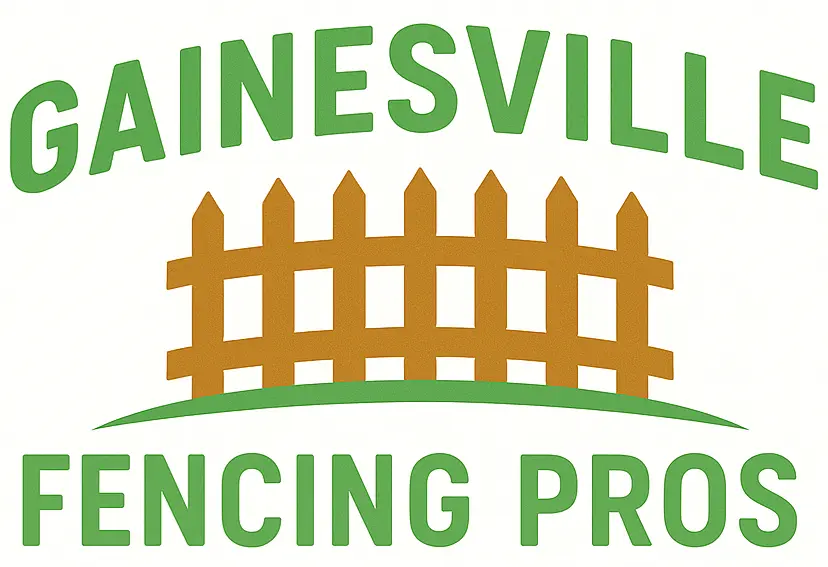Composite fence installation involves setting up fencing panels made from a mix of recycled wood fibers and plastic. These fences are popular for their low maintenance, long lifespan, and resistance to rot and insects. Composite fence installation is ideal for homeowners seeking a modern, eco-friendly barrier that mimics the look of wood without the upkeep. This service is well-suited for both residential and commercial properties.
What Tools You Will Need for Composite Fence Installation
To complete a composite fence installation efficiently and safely, you’ll need the following tools:
- Post hole digger or auger – For digging uniform, deep holes for fence posts.
- Level – To ensure posts and panels are vertically aligned.
- Tape measure – To measure post spacing and panel dimensions.
- Power drill and bits – For fastening brackets and panels.
- Concrete mix and bucket – To secure fence posts in place.
- String line and stakes – To keep the fence straight and properly aligned.
- Circular saw or miter saw – For cutting panels and rails to fit.
- Safety gloves and goggles – To protect hands and eyes during cutting and drilling.
What to Prepare Before Composite Fence Installation
Before starting composite fence installation, make sure to:
- Review local zoning laws
- Obtain necessary permits.
- Verify property boundaries.
- Call utility services
- Mark underground lines before digging.
- Choose your fence style and color
- Select matching composite panels and posts.
- Measure your fence layout
- Mark where each post will go.
- Use stakes and string to outline the perimeter.
- Order all materials
- Composite panels, posts, brackets, caps, concrete, and fasteners.
- Clear the work area
- Remove debris, vegetation, or obstacles.
How Composite Fence Installation Is Done
Composite fence installation typically begins with measuring and marking the fence line. Post holes are dug and filled with concrete to set the fence posts. Once the concrete cures, brackets are attached to hold the composite fence panels in place. Each panel is installed level, and any trimming is done as needed for corners or ends. Finally, post caps are added for a clean, finished look.
Safety and Access Tips for Composite Fence Installation
Safety should be a top priority during composite fence installation:
- Wear safety gear – Use gloves, eye protection, and closed-toe shoes.
- Secure the site – Keep pets and children away from the work area.
- Watch for underground utilities – Confirm locations before digging.
- Keep tools organized – Prevent tripping or accidental injuries.
- Avoid overreaching – Use ladders safely and maintain balance.
Post-Service Maintenance for Composite Fence Installation
After your composite fence installation, maintenance is minimal:
- Clean the fence twice a year – Use mild soap and water to remove dirt or mildew.
- Inspect for loose hardware – Check brackets and screws annually.
- Trim vegetation nearby – Keep plants from pressing against the panels.
- Avoid harsh chemicals – They can discolor or damage the composite material.
Regional Tips for Composite Fence Installation in Florida
In Florida, consider the following for composite fence installation:
- Check for hurricane rating – Use wind-rated posts and panels.
- Install deeper footings – Combat loose sandy soil with extra anchoring depth.
- Use UV-resistant composites – Florida sun can cause fading over time.
- Time your install in cooler months – Avoid peak heat for easier working conditions.
Conclusion: Why a Composite Fence Installation Checklist Helps
Using a checklist for composite fence installation ensures every phase is covered, from planning and permits to post-install care. It helps avoid delays, reduces mistakes, and improves safety. Whether you’re hiring a contractor or going DIY, a detailed checklist makes the process smoother and more reliable.
FAQ: About Composite Fence Installation
Typically, it takes 2–3 days for an average residential yard, depending on terrain and weather.
Yes, with the right tools and planning, many homeowners successfully complete composite fence installation as a DIY project.
Initial costs are higher, but long-term savings come from reduced maintenance and longer lifespan.
Often yes. Always check local zoning laws and HOA rules before starting.
High-quality composite materials resist warping and include UV protection to minimize fading.
